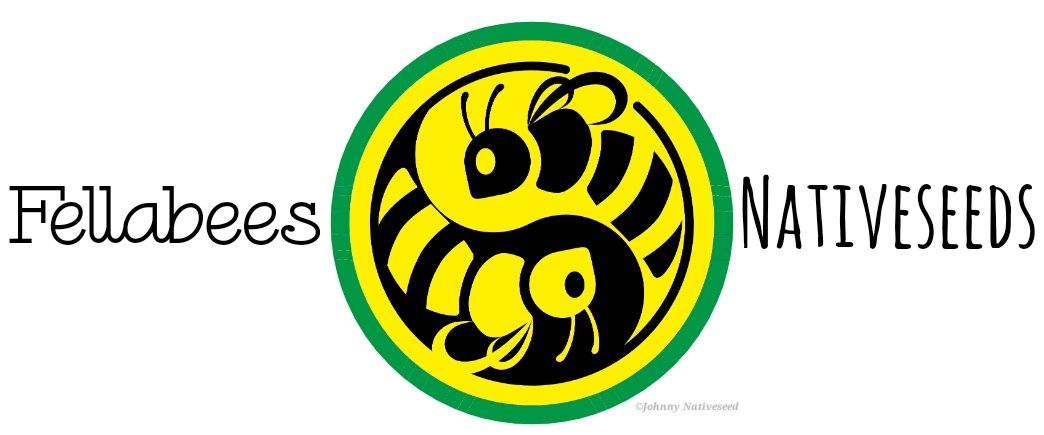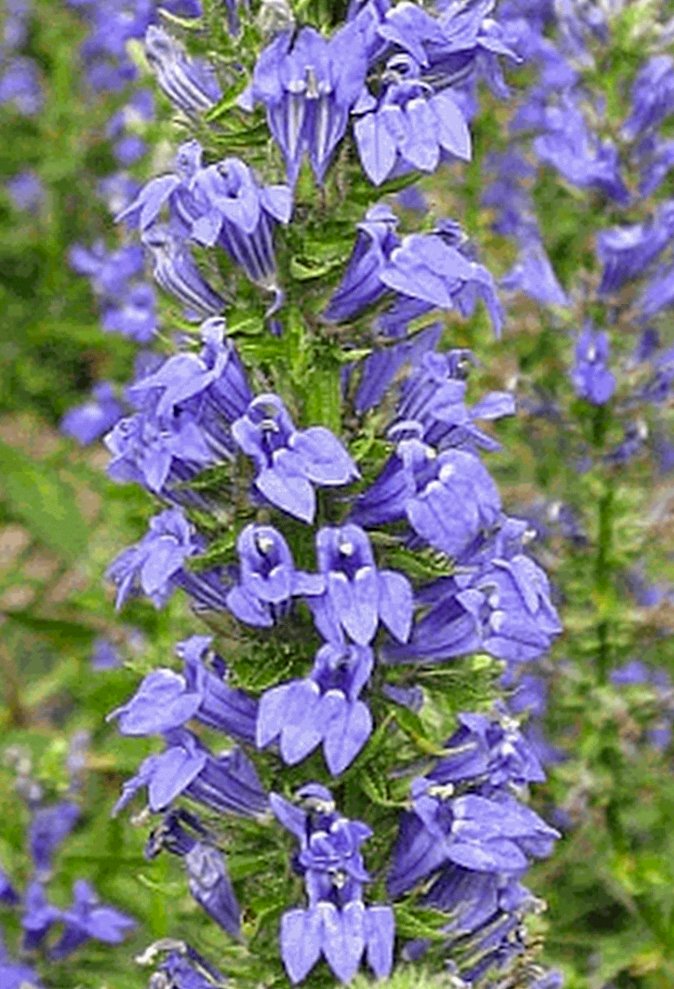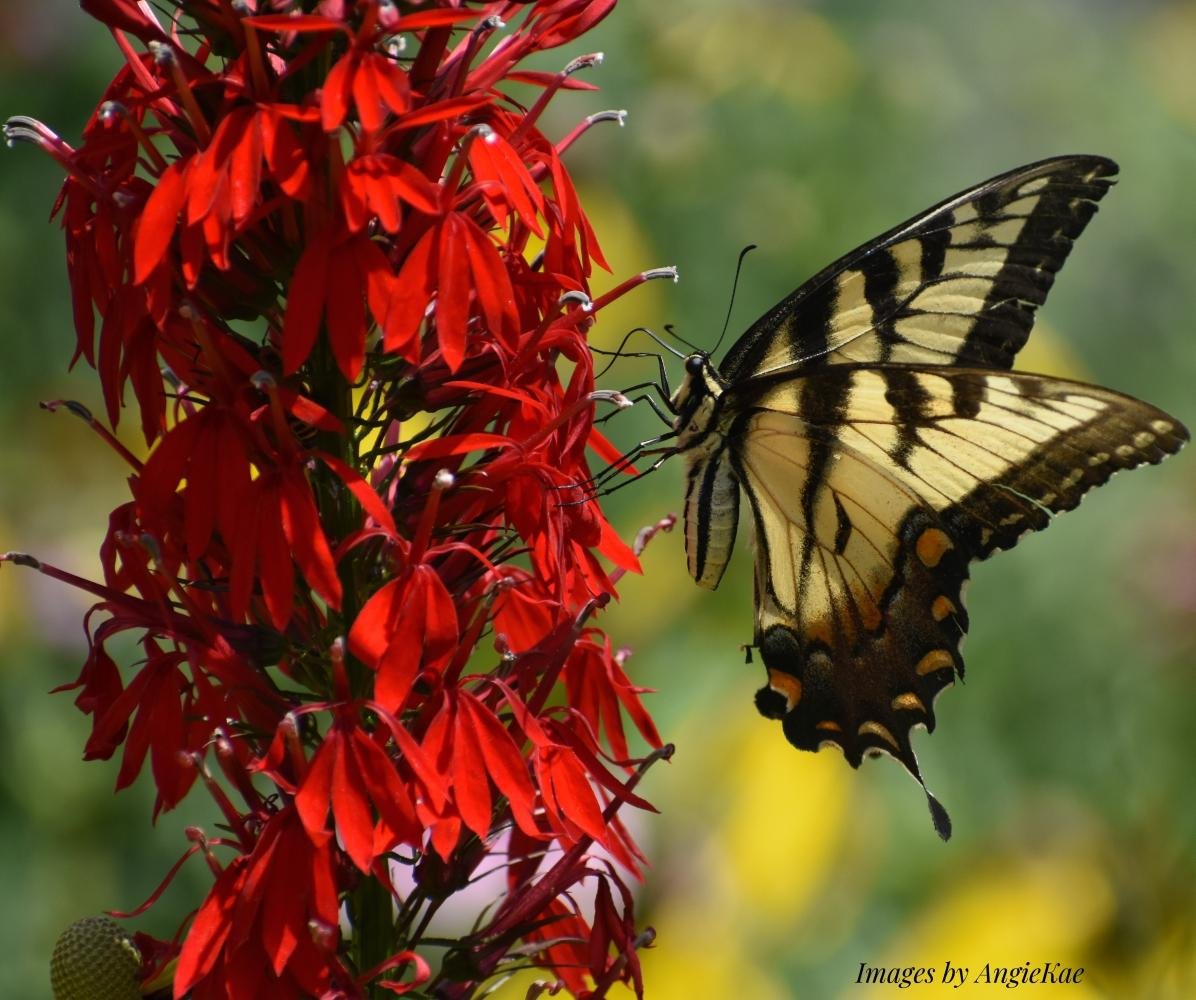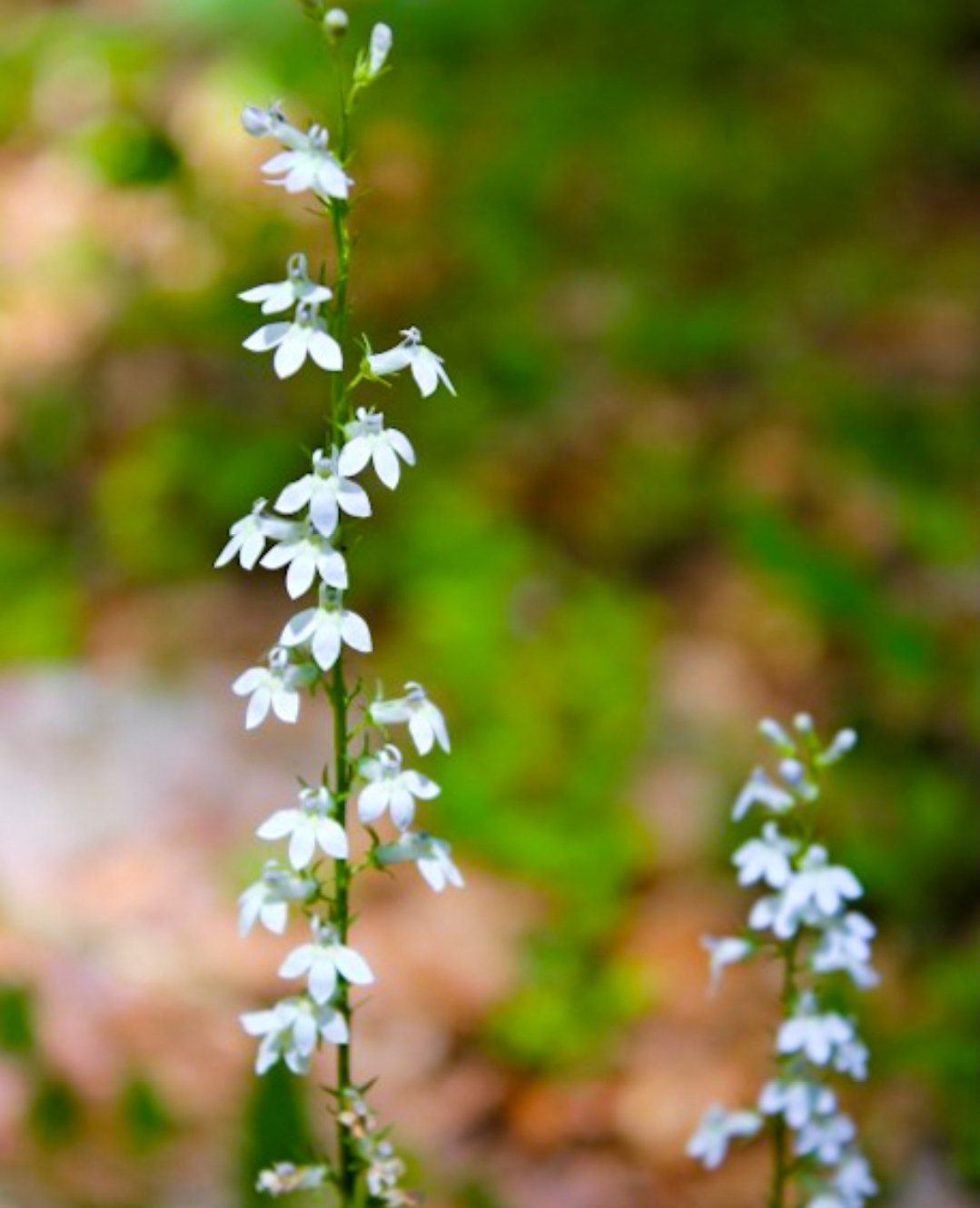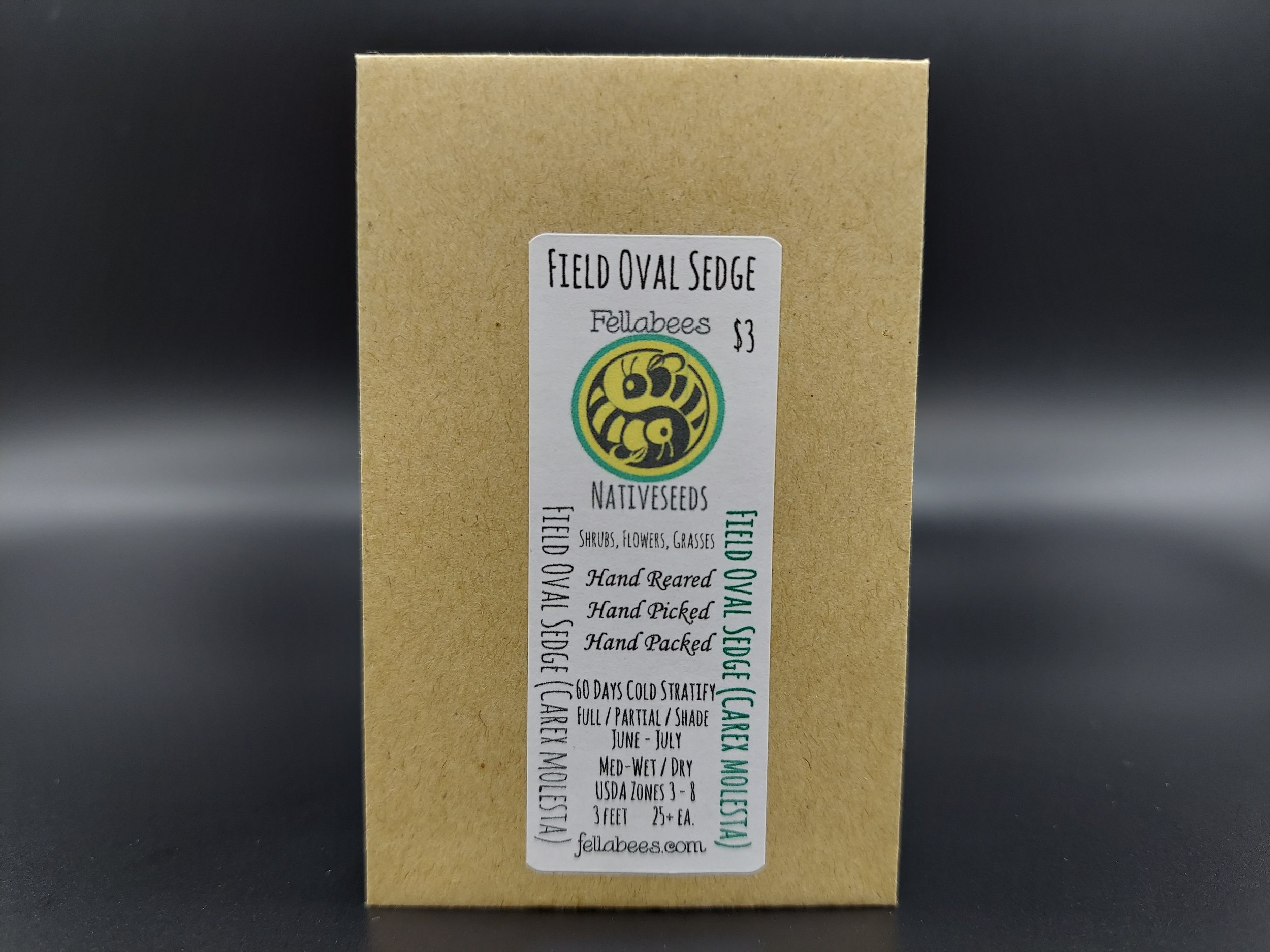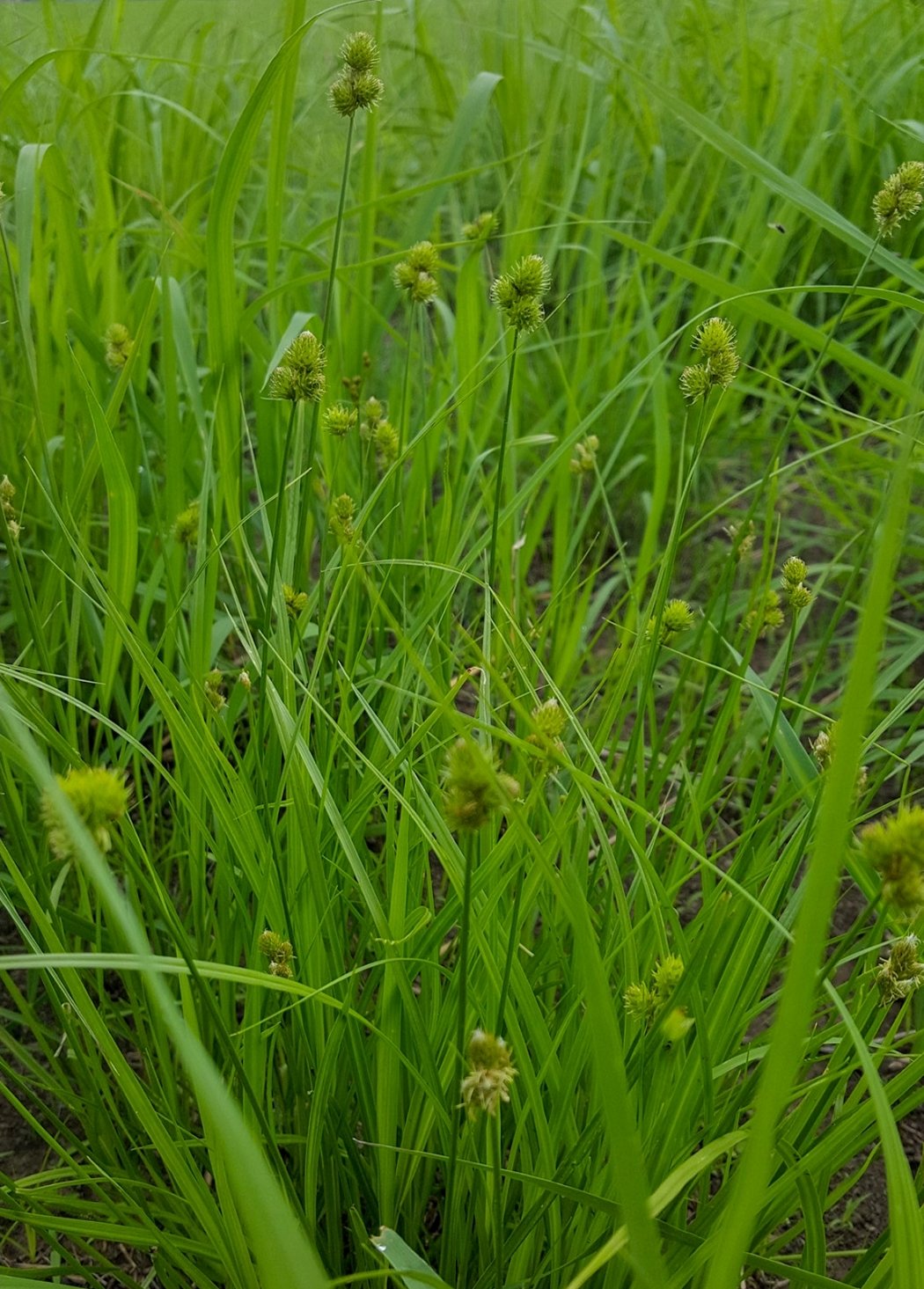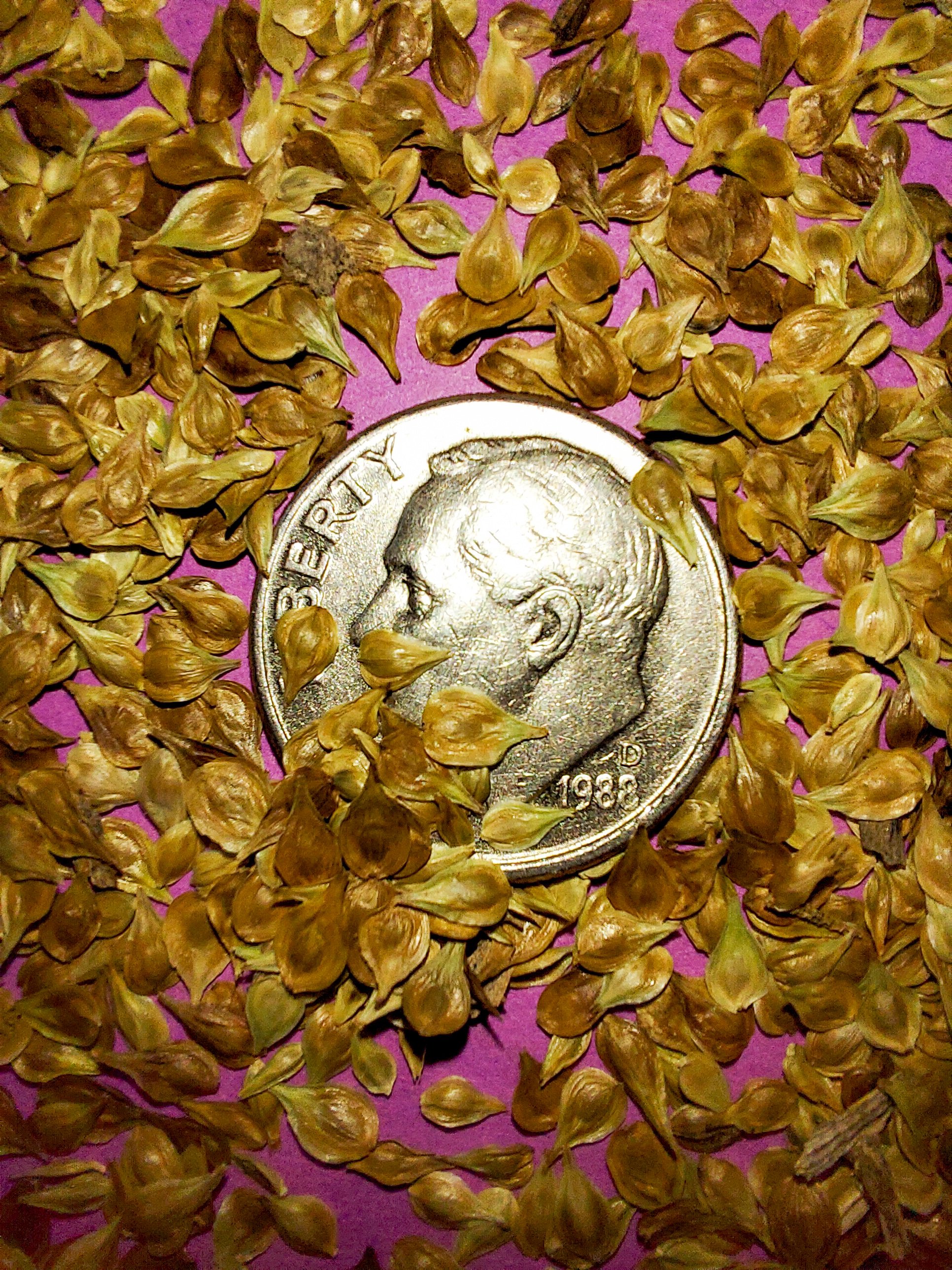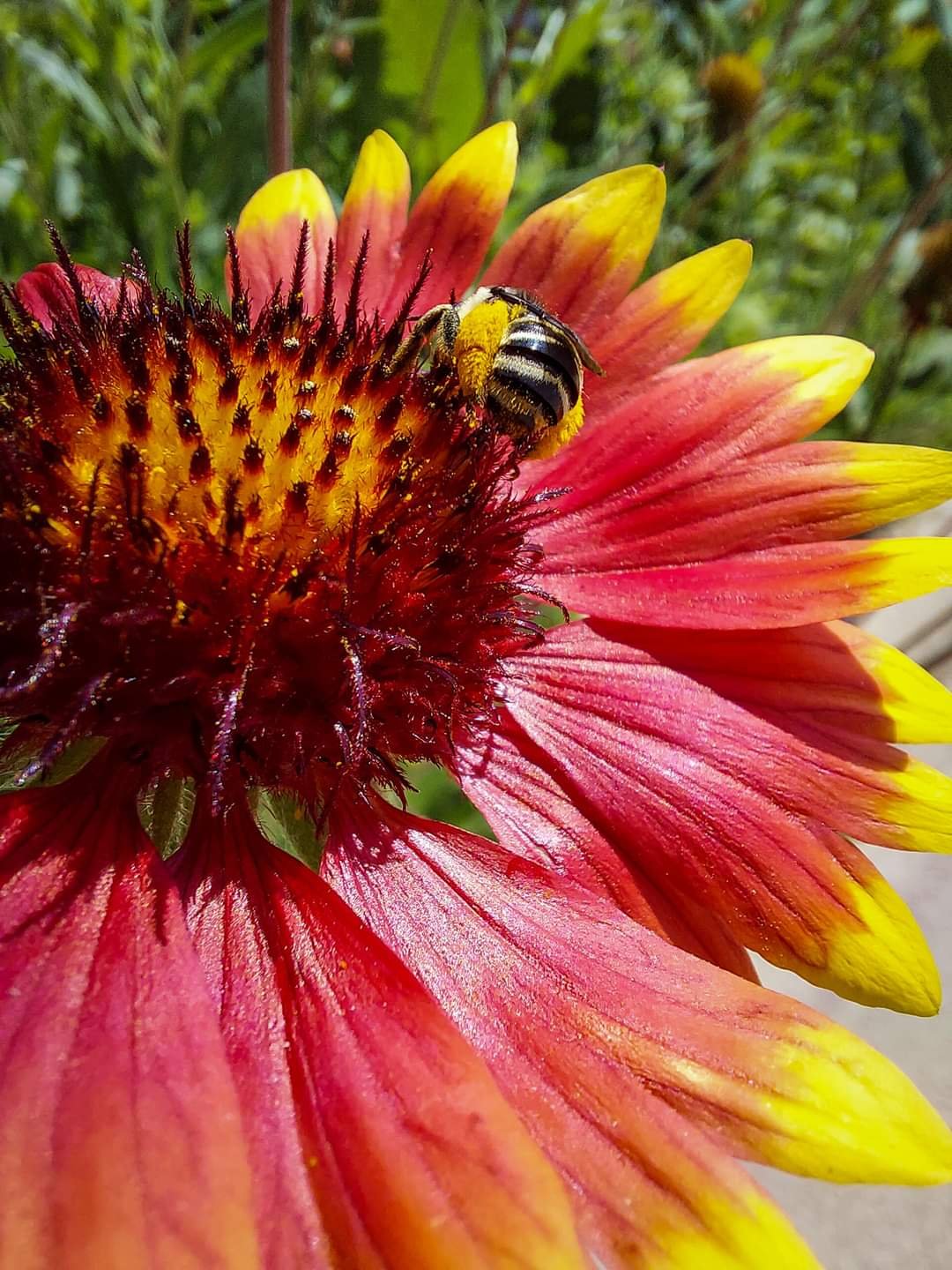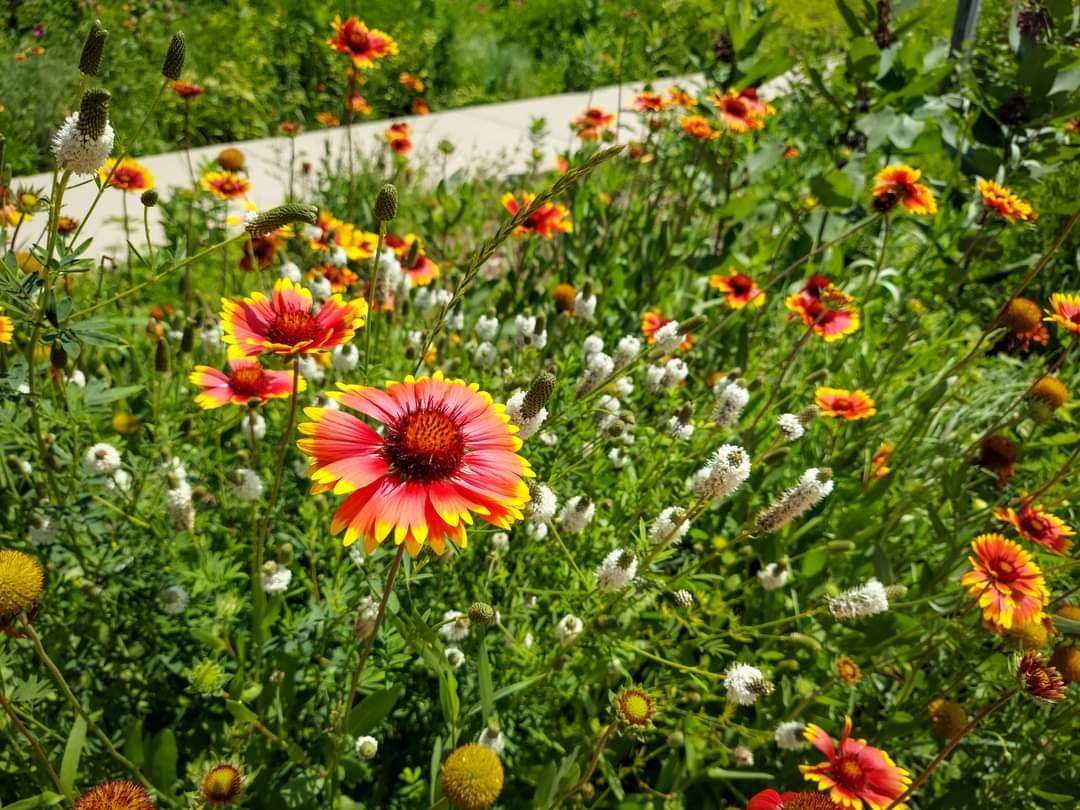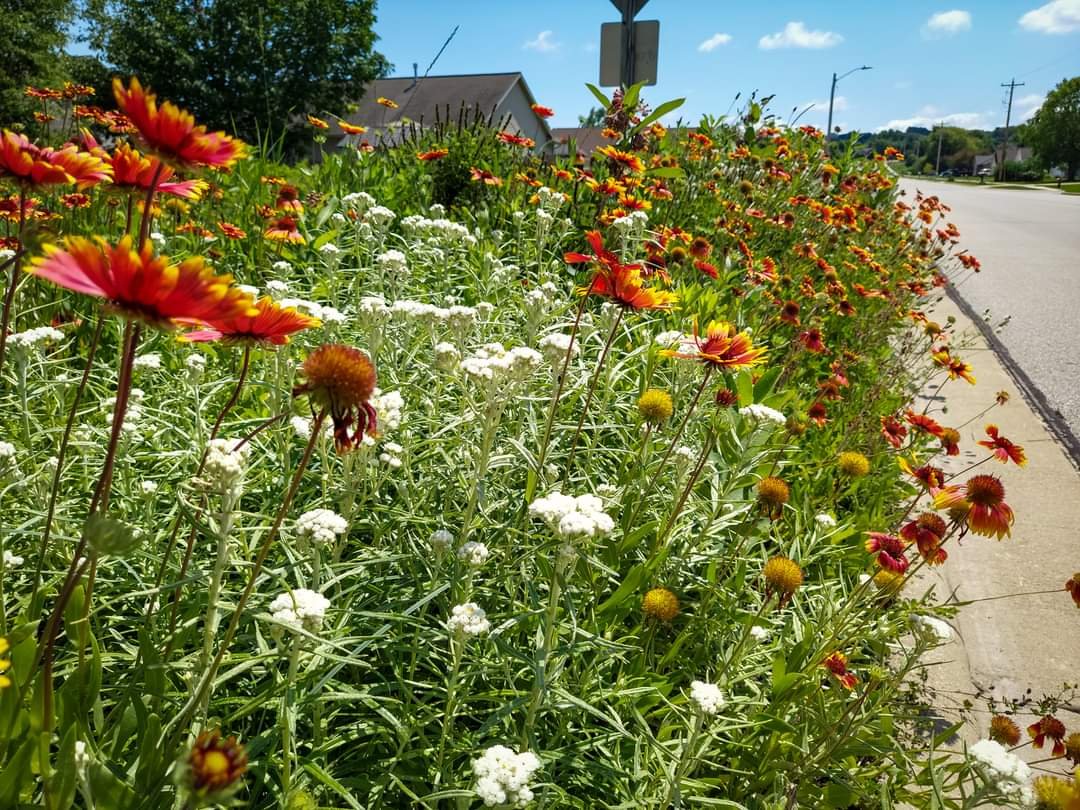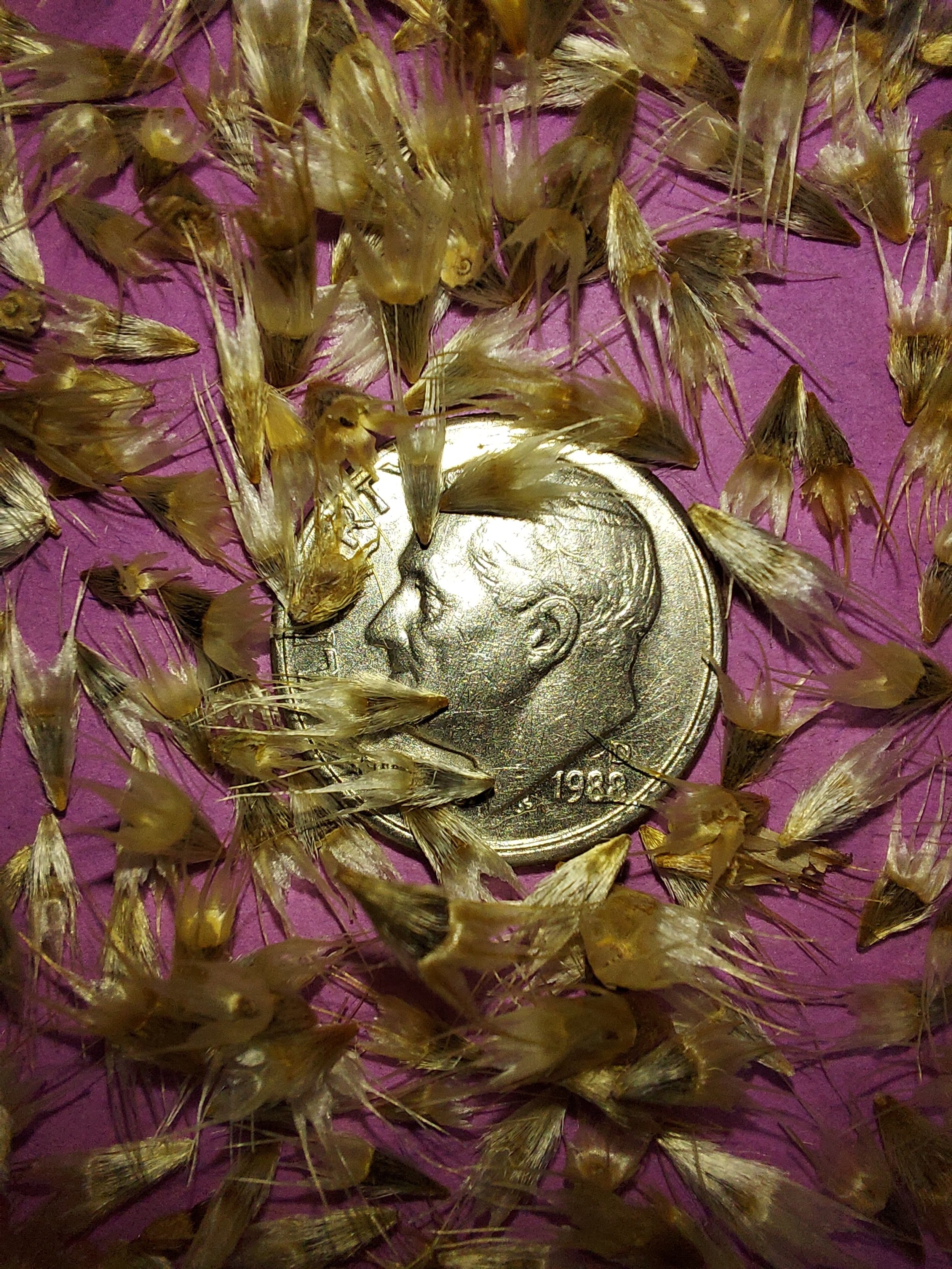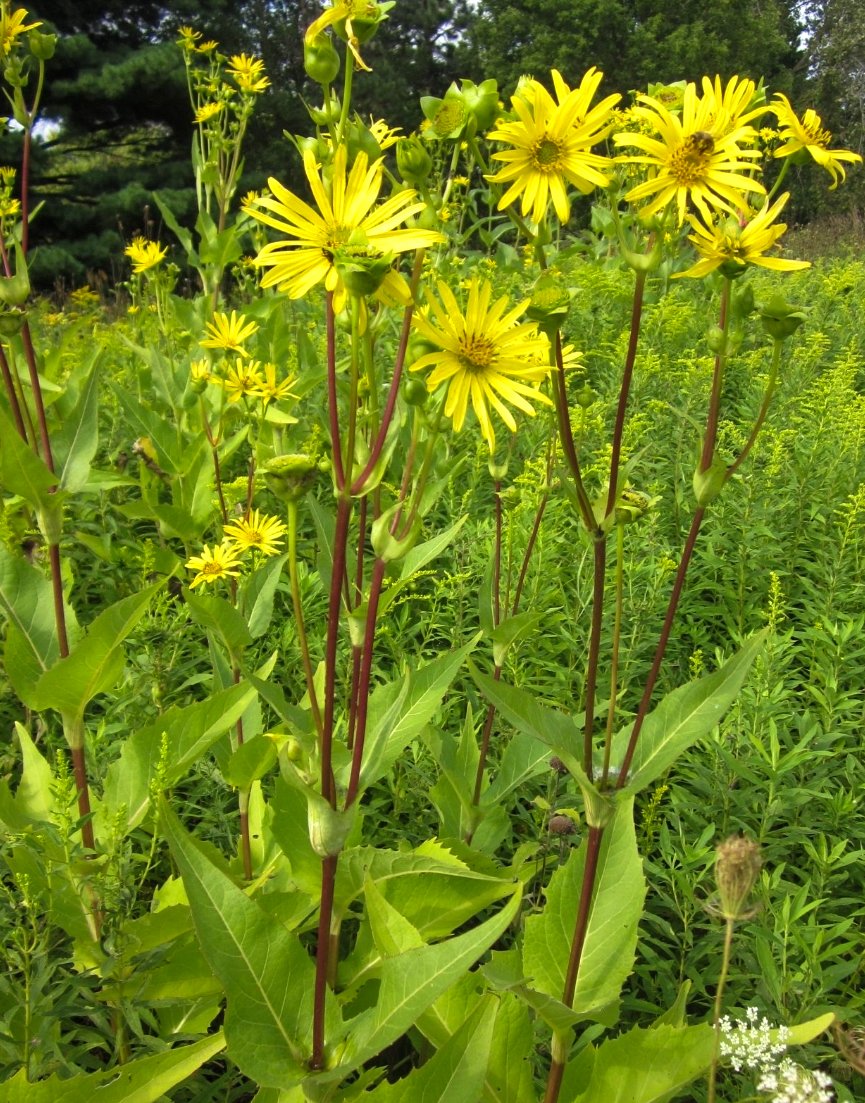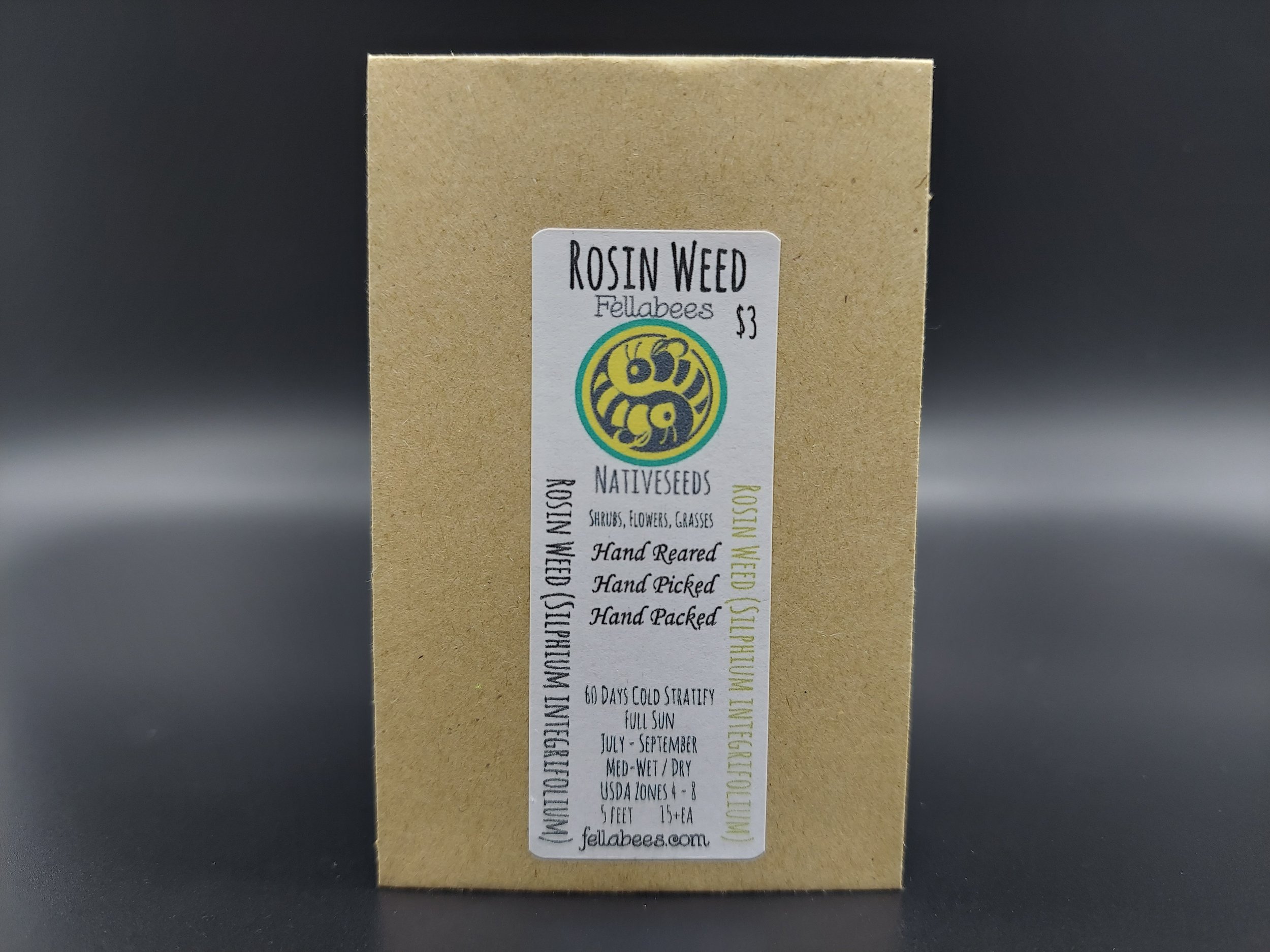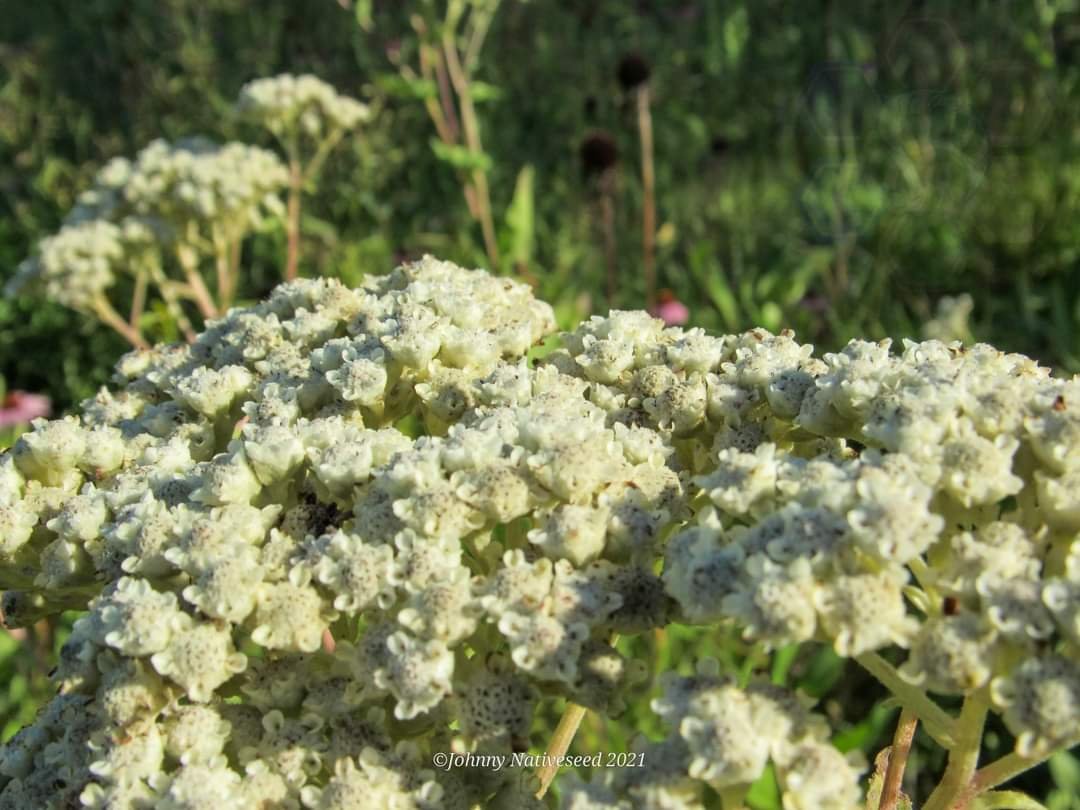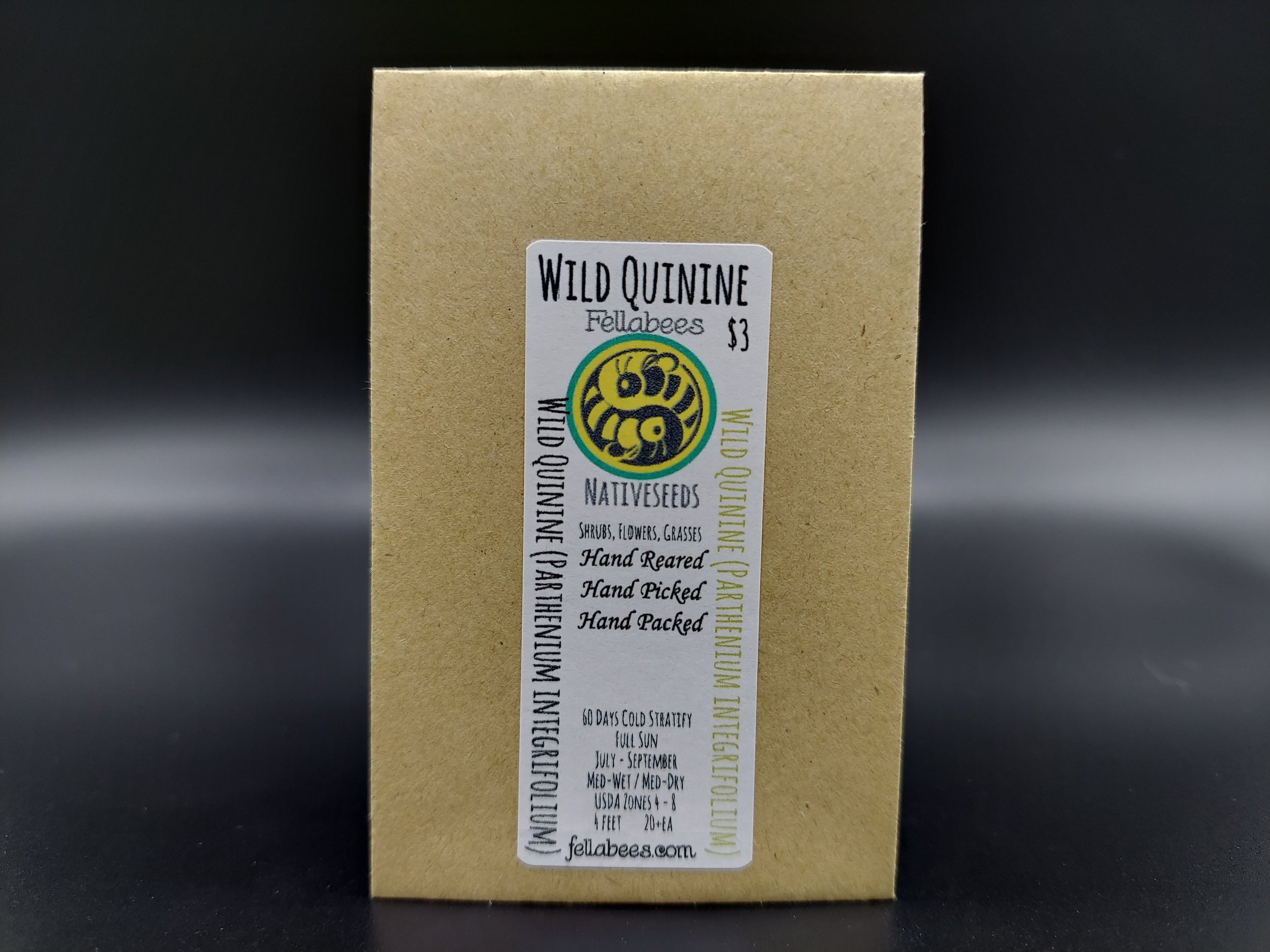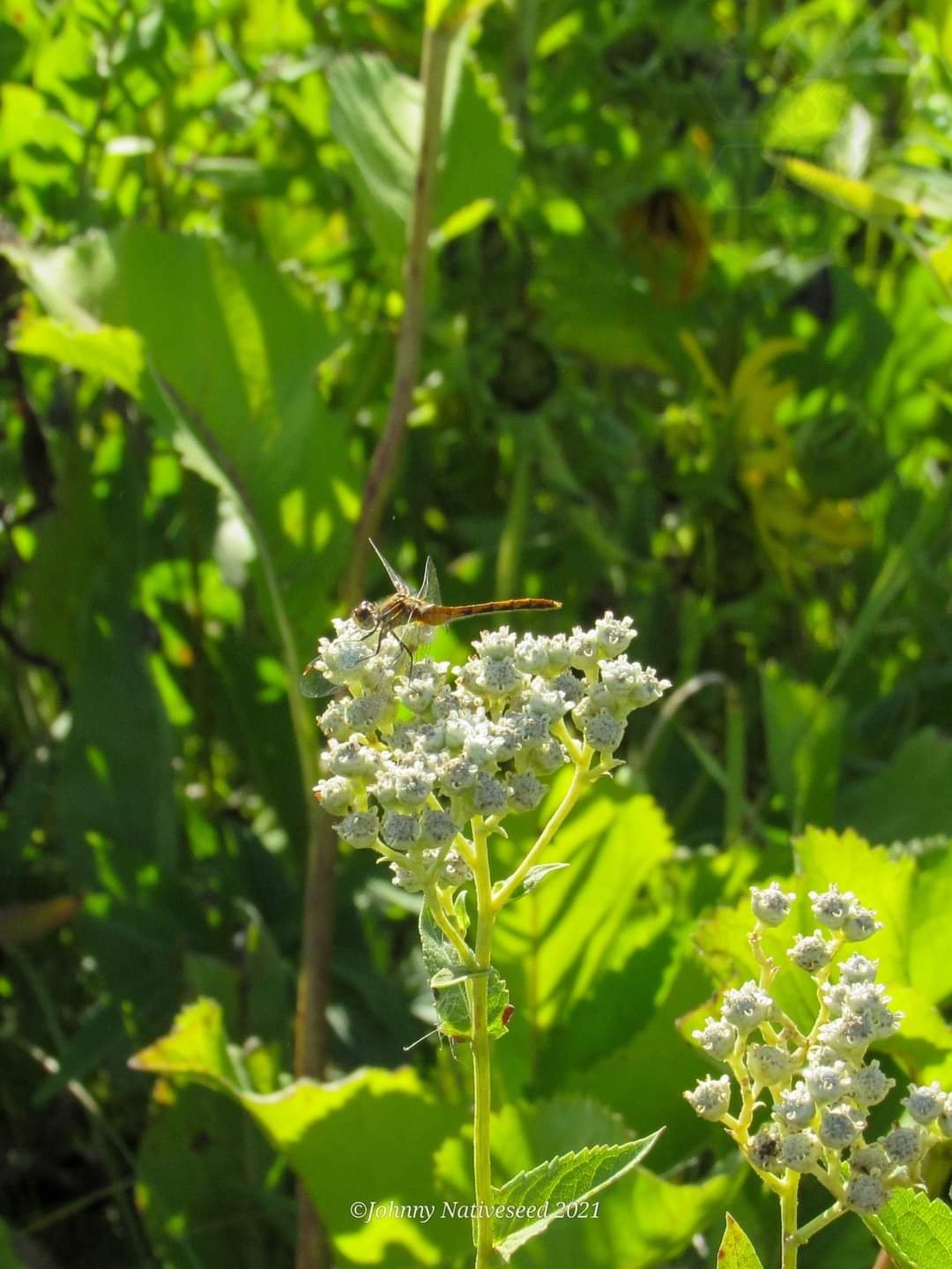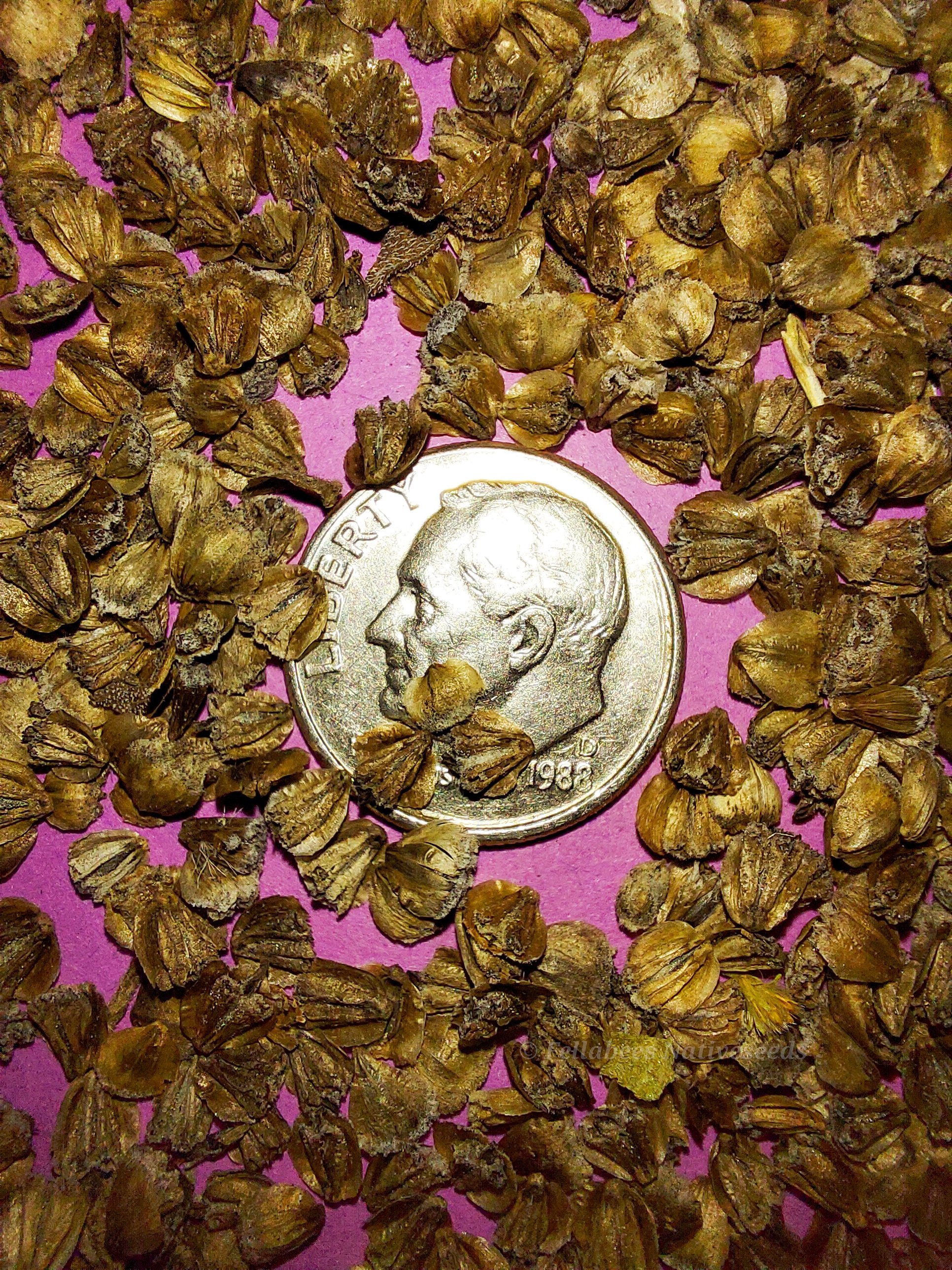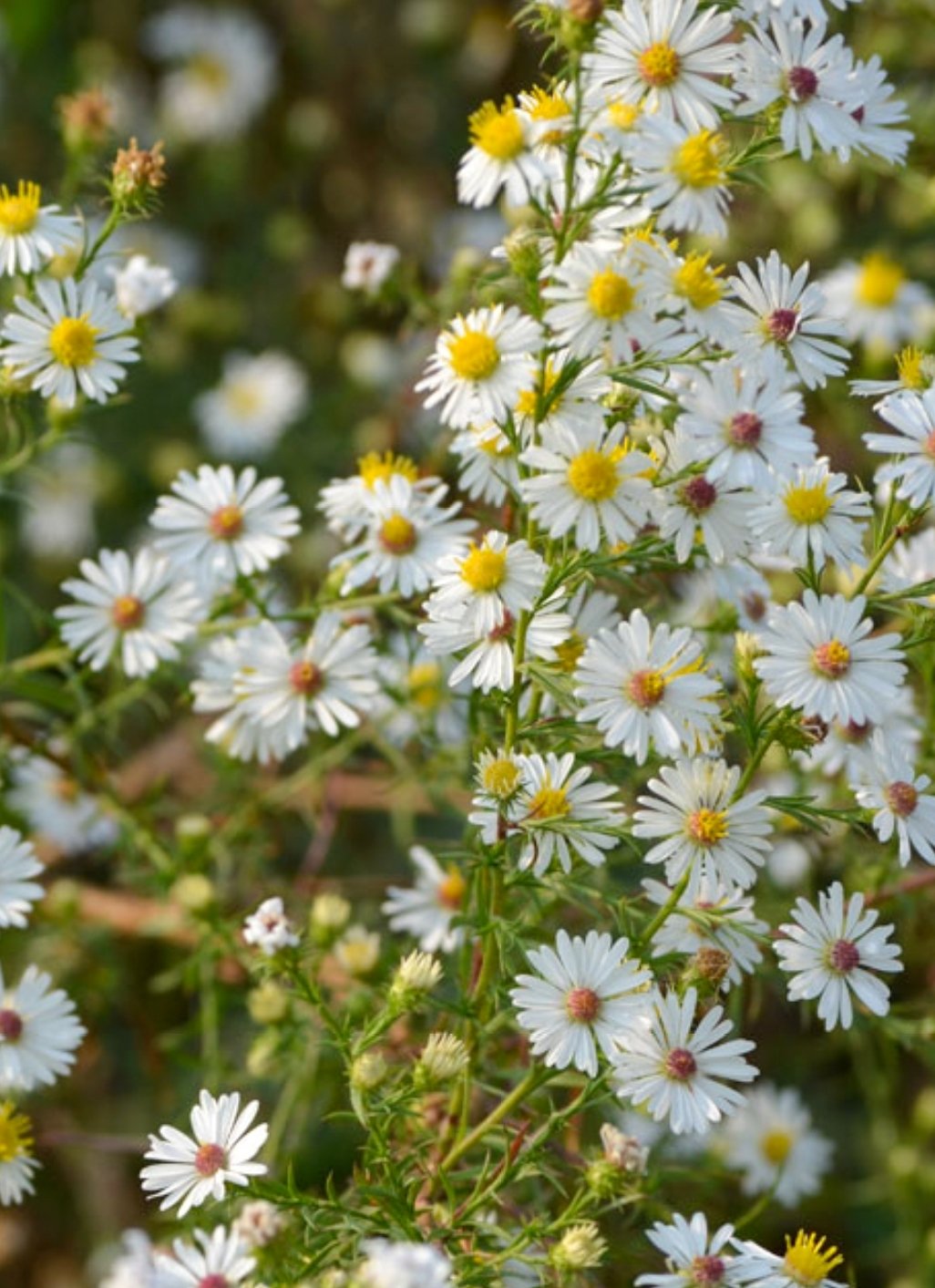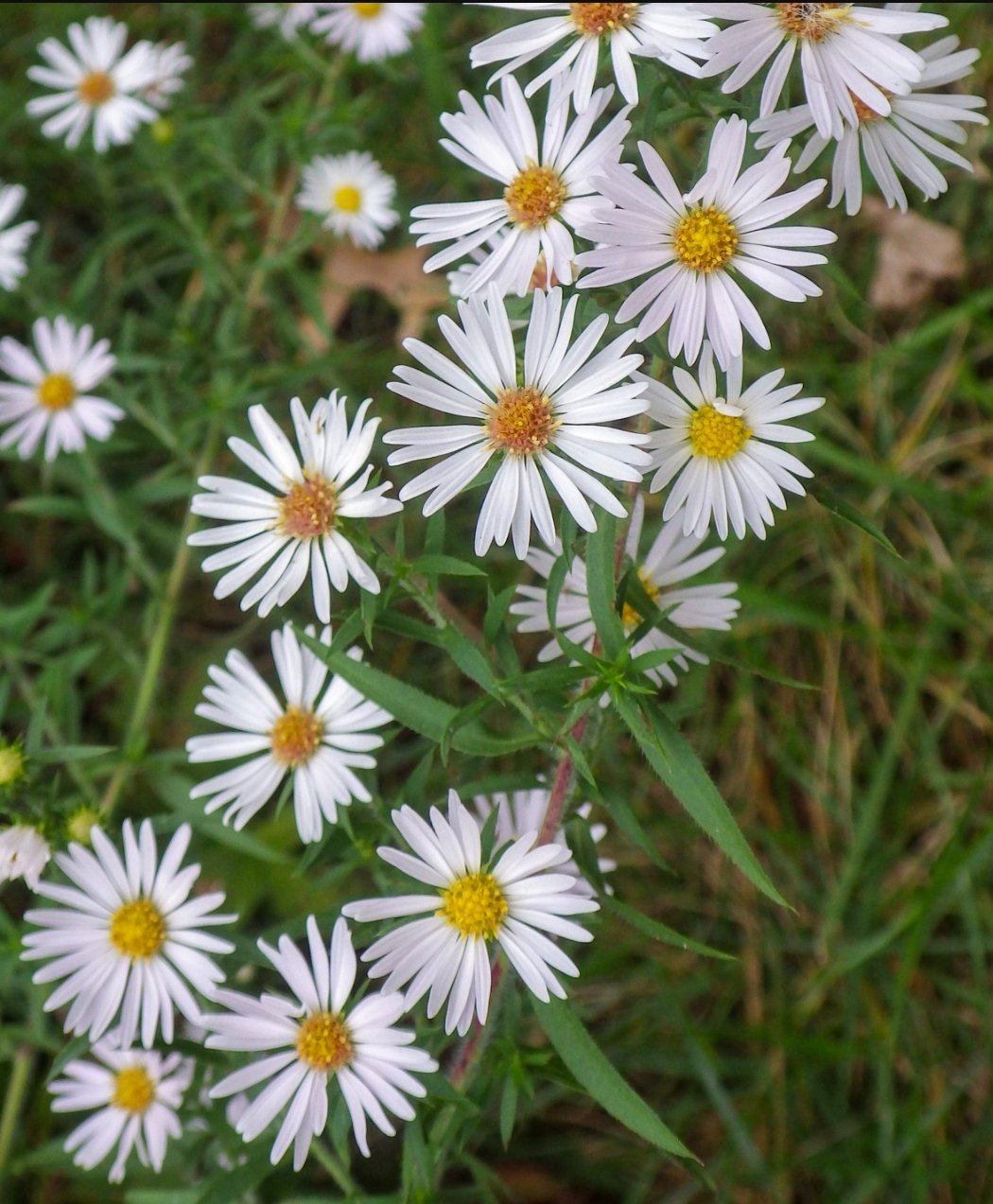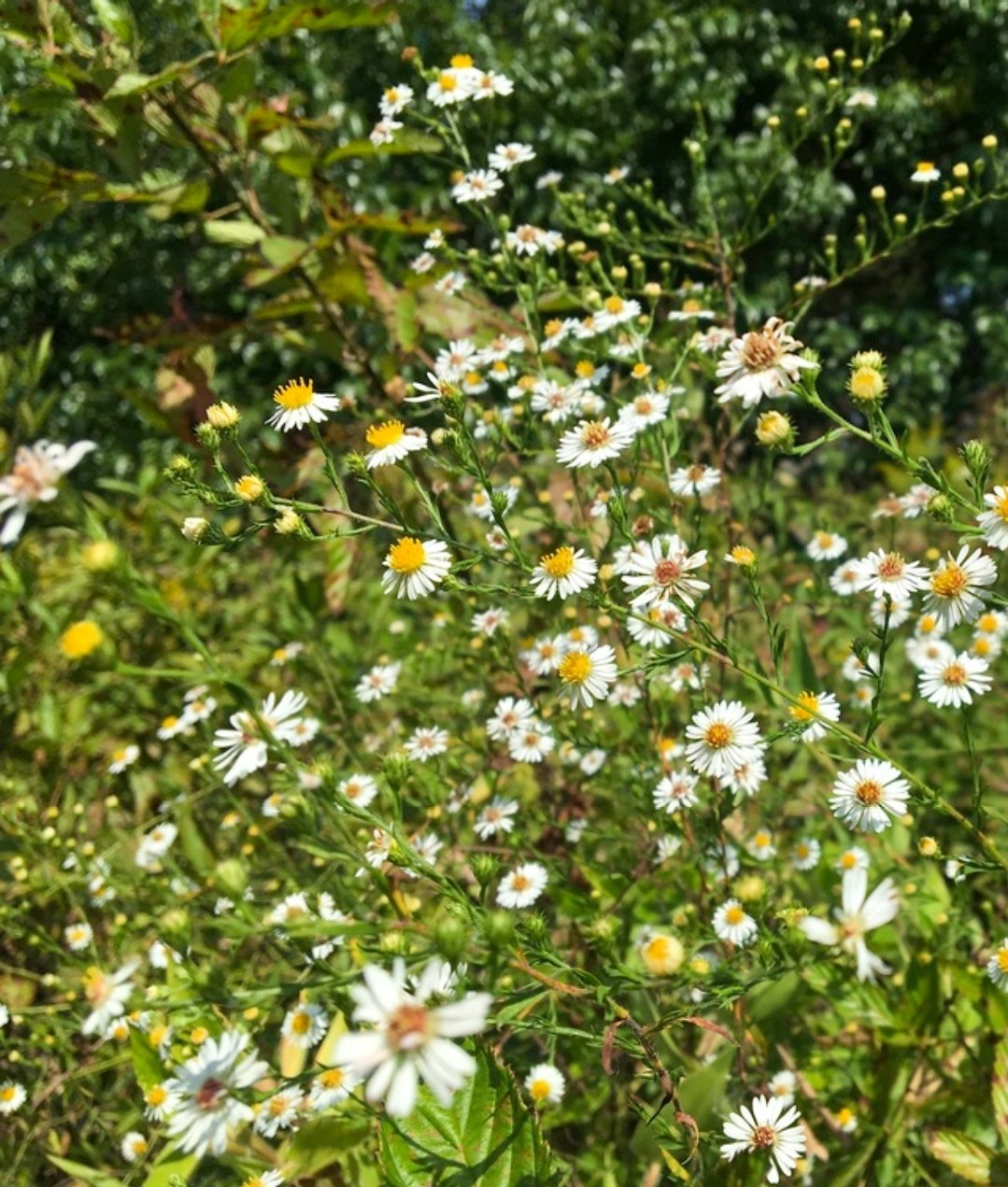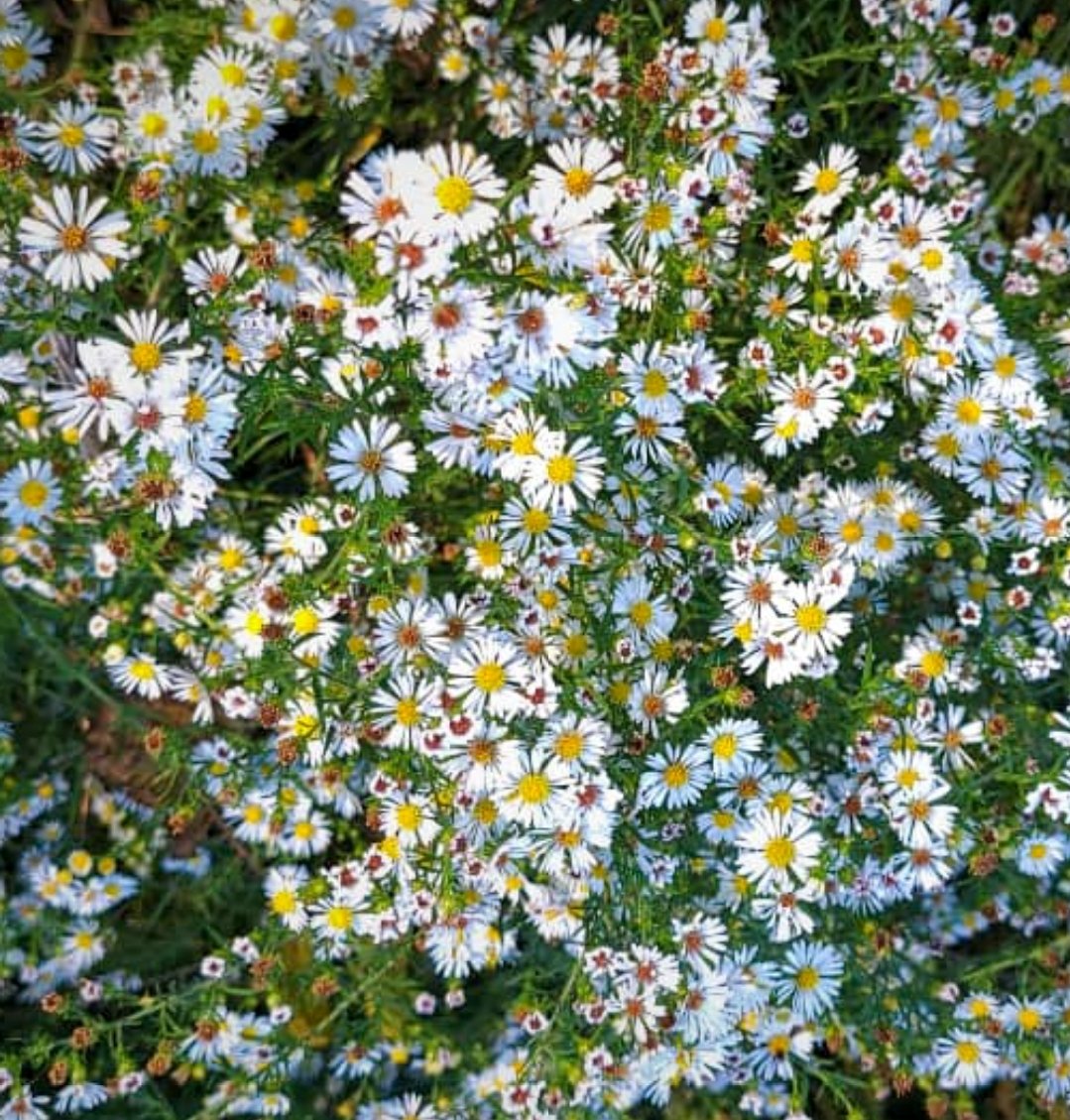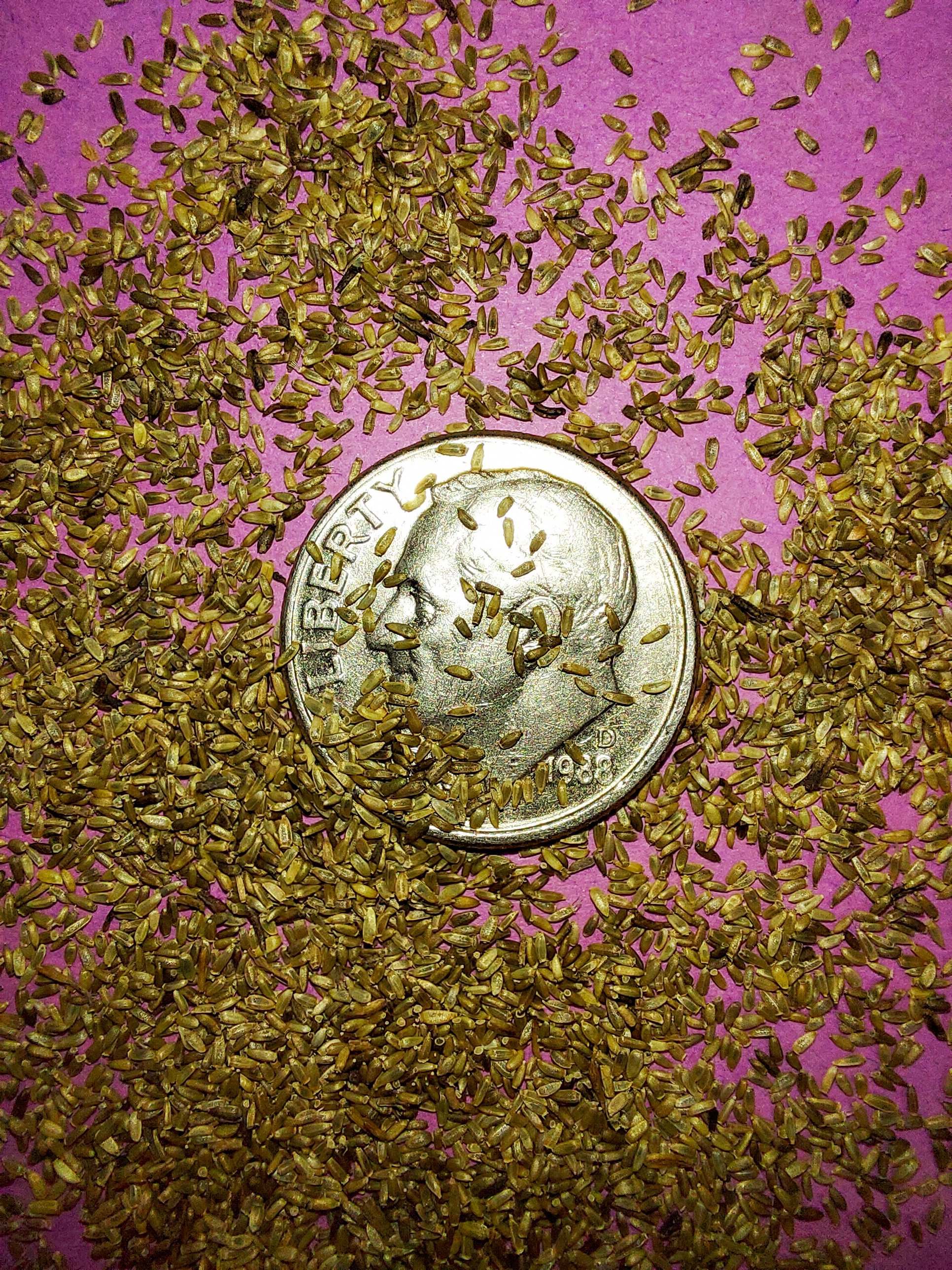 Image 1 of 5
Image 1 of 5

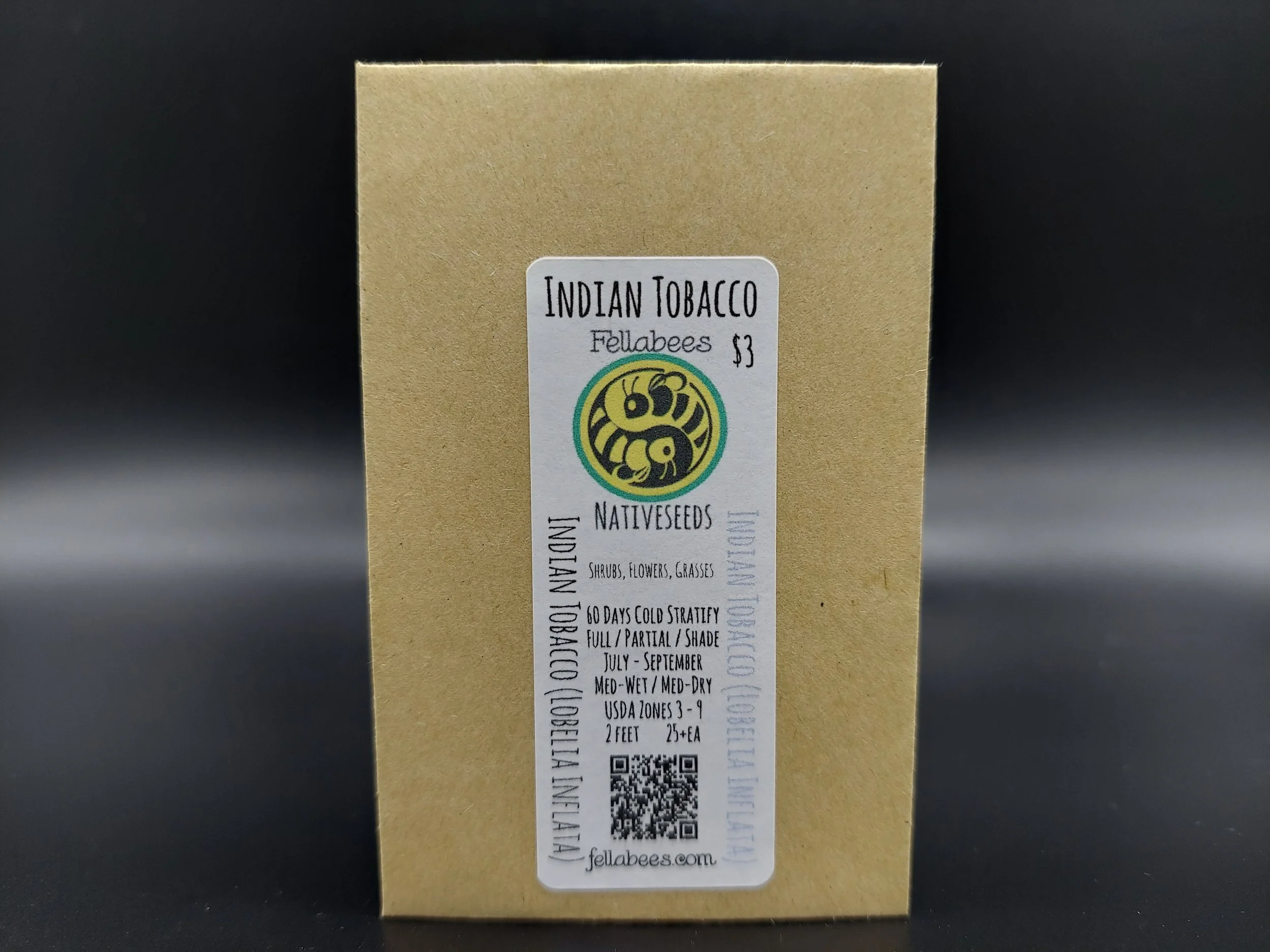 Image 2 of 5
Image 2 of 5

 Image 3 of 5
Image 3 of 5

 Image 4 of 5
Image 4 of 5

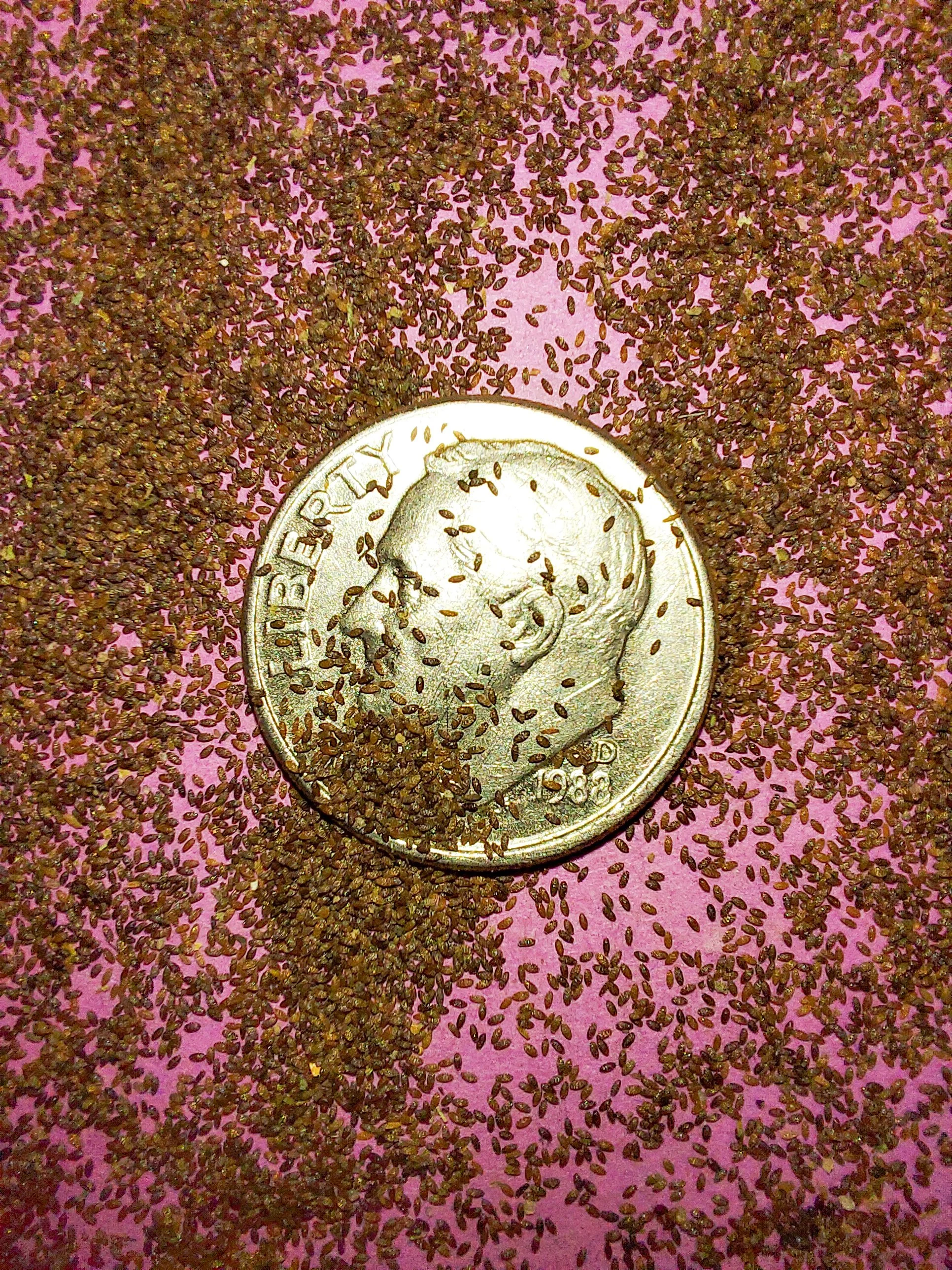 Image 5 of 5
Image 5 of 5






Indian Tobacco (Lobelia inflata)
Indian Tobacco (Lobelia inflata)
Lobelia inflata is the scientific name for the species more commonly known as Indian Tobacco. It belongs to the Lobelia genus and is native to eastern North America, with its native range extending from southeastern Canada, including areas such as Nova Scotia to southeast Ontario, and continuing southward through the eastern United States all the way to Alabama. Its western range reaches as far as Kansas, making it a widespread plant within these regions.
Indian Tobacco is an annual or biennial needing 60 days of cold-moist stratification to break seed dormancy, then about 2 weeks to germinate. It grows up to 2 feet tall with hairy stems. Leaves are ovate, toothed, about 3 inches long, and alternately arranged. Violet flowers with yellow-tinted insides bloom from mid-summer through fall, inviting many tiny pollinators as though a magnet for nearly 4 months of the season ensuring successful seed set in pods that are small, brown, and papery.
The Cherokee Nation traditionally burned the foliage of Lobelia inflata for ceremonies and to smoke out gnats, using its natural insecticidal properties. The plant contains alkaloids like lobeline (most concentrated in seeds), norlobelanine, lobelanidine, radicamine, plus flavonoids, terpenes, alkynes, and coumarins. Though it was used medicinally, ingestion can cause severe symptoms—sweating, nausea, vomiting, diarrhea, tremors, rapid heartbeat, confusion, convulsions, hypothermia, coma, or death. The root is highly toxic and potentially fatal if eaten.
Despite the above information, this species remains highly beneficial to the natural ecosystem and easily earns its place by acting as a strong magnet for pollinators. Additionally, it serves as an effective deterrent against hungry herbivores, especially when this plant is sown or planted close to vulnerable perennial natives during their critical early establishment phase. This combination of attracting essential pollinators while protecting young plants makes it a valuable addition to any restoration or landscaping effort.
Plant Details:
USDA Zones: 3-9
Germination Needs: Needs 60 days cold stratification, seeds are very small needing light to germinate, surface sow and bottom water for best results.
Life Cycle: Annual/Biennial
Sun Exposure: Full, Partial, Shade
Soil Moisture: Medium-Wet, Medium, Medium-Dry
Plant Spacing: 6-12 inches
Height: 2 feet
Bloom time: July, August, September, October
Bloom Color: White/Blue
Advantages:
Pollinator Favorite: butterflies, moths, bees, wasps, beetles
Deer Resistant: Yes
Native to: Wisconsin, Minnesota, Iowa, Illinois, Indiana, Michigan, Ohio, Pennsylvania, New York, Vermont, New Hampshire, Maine, Massachusetts, Rhode Island, Connecticut, Delaware, Maryland, New Jersey, West Virginia, Virginia, Kentucky, Tennessee, North Carolina, South Carolina, Georgia, Alabama, Mississippi, Louisiana, Arkansas, Missouri, Oklahoma, Kansas, and Nebraska.
This species is considered present but rare in several counties of the states of Kansas and Nebraska.
Seed Count: 25+
.
.
Packet quantities:
We pride ourselves on ethical, hands on, ecological management, using no mechanical or chemical methods whatsoever.
All of our native seed is hand reared, hand-picked, and hand packed from native prairies under our exclusive management, never breaking chain of custody from the field until it is sent to you. Each packet is hand prepared for shipment by us, directly.
Small seed species will contain greater than 20-25 seed
Large seed species will contain greater than 10-15 seed
All packets are individually marked at the bottom of the front label with expected count, however most if not all packets will have many more than the minimum count by default.
It is our mission to spread the wealth of native plant and pollinator ecological sustainability and educate back yard gardeners as well as corporate and government entities in how to germinate, grow, and benefit from native synergies.
Thank you for your support, it is because of you, that we can grow together to do, what we do. 🐛🦋🐝🐞🌾🌱🌼🧡
Indian Tobacco (Lobelia inflata)
Lobelia inflata is the scientific name for the species more commonly known as Indian Tobacco. It belongs to the Lobelia genus and is native to eastern North America, with its native range extending from southeastern Canada, including areas such as Nova Scotia to southeast Ontario, and continuing southward through the eastern United States all the way to Alabama. Its western range reaches as far as Kansas, making it a widespread plant within these regions.
Indian Tobacco is an annual or biennial needing 60 days of cold-moist stratification to break seed dormancy, then about 2 weeks to germinate. It grows up to 2 feet tall with hairy stems. Leaves are ovate, toothed, about 3 inches long, and alternately arranged. Violet flowers with yellow-tinted insides bloom from mid-summer through fall, inviting many tiny pollinators as though a magnet for nearly 4 months of the season ensuring successful seed set in pods that are small, brown, and papery.
The Cherokee Nation traditionally burned the foliage of Lobelia inflata for ceremonies and to smoke out gnats, using its natural insecticidal properties. The plant contains alkaloids like lobeline (most concentrated in seeds), norlobelanine, lobelanidine, radicamine, plus flavonoids, terpenes, alkynes, and coumarins. Though it was used medicinally, ingestion can cause severe symptoms—sweating, nausea, vomiting, diarrhea, tremors, rapid heartbeat, confusion, convulsions, hypothermia, coma, or death. The root is highly toxic and potentially fatal if eaten.
Despite the above information, this species remains highly beneficial to the natural ecosystem and easily earns its place by acting as a strong magnet for pollinators. Additionally, it serves as an effective deterrent against hungry herbivores, especially when this plant is sown or planted close to vulnerable perennial natives during their critical early establishment phase. This combination of attracting essential pollinators while protecting young plants makes it a valuable addition to any restoration or landscaping effort.
Plant Details:
USDA Zones: 3-9
Germination Needs: Needs 60 days cold stratification, seeds are very small needing light to germinate, surface sow and bottom water for best results.
Life Cycle: Annual/Biennial
Sun Exposure: Full, Partial, Shade
Soil Moisture: Medium-Wet, Medium, Medium-Dry
Plant Spacing: 6-12 inches
Height: 2 feet
Bloom time: July, August, September, October
Bloom Color: White/Blue
Advantages:
Pollinator Favorite: butterflies, moths, bees, wasps, beetles
Deer Resistant: Yes
Native to: Wisconsin, Minnesota, Iowa, Illinois, Indiana, Michigan, Ohio, Pennsylvania, New York, Vermont, New Hampshire, Maine, Massachusetts, Rhode Island, Connecticut, Delaware, Maryland, New Jersey, West Virginia, Virginia, Kentucky, Tennessee, North Carolina, South Carolina, Georgia, Alabama, Mississippi, Louisiana, Arkansas, Missouri, Oklahoma, Kansas, and Nebraska.
This species is considered present but rare in several counties of the states of Kansas and Nebraska.
Seed Count: 25+
.
.
Packet quantities:
We pride ourselves on ethical, hands on, ecological management, using no mechanical or chemical methods whatsoever.
All of our native seed is hand reared, hand-picked, and hand packed from native prairies under our exclusive management, never breaking chain of custody from the field until it is sent to you. Each packet is hand prepared for shipment by us, directly.
Small seed species will contain greater than 20-25 seed
Large seed species will contain greater than 10-15 seed
All packets are individually marked at the bottom of the front label with expected count, however most if not all packets will have many more than the minimum count by default.
It is our mission to spread the wealth of native plant and pollinator ecological sustainability and educate back yard gardeners as well as corporate and government entities in how to germinate, grow, and benefit from native synergies.
Thank you for your support, it is because of you, that we can grow together to do, what we do. 🐛🦋🐝🐞🌾🌱🌼🧡
